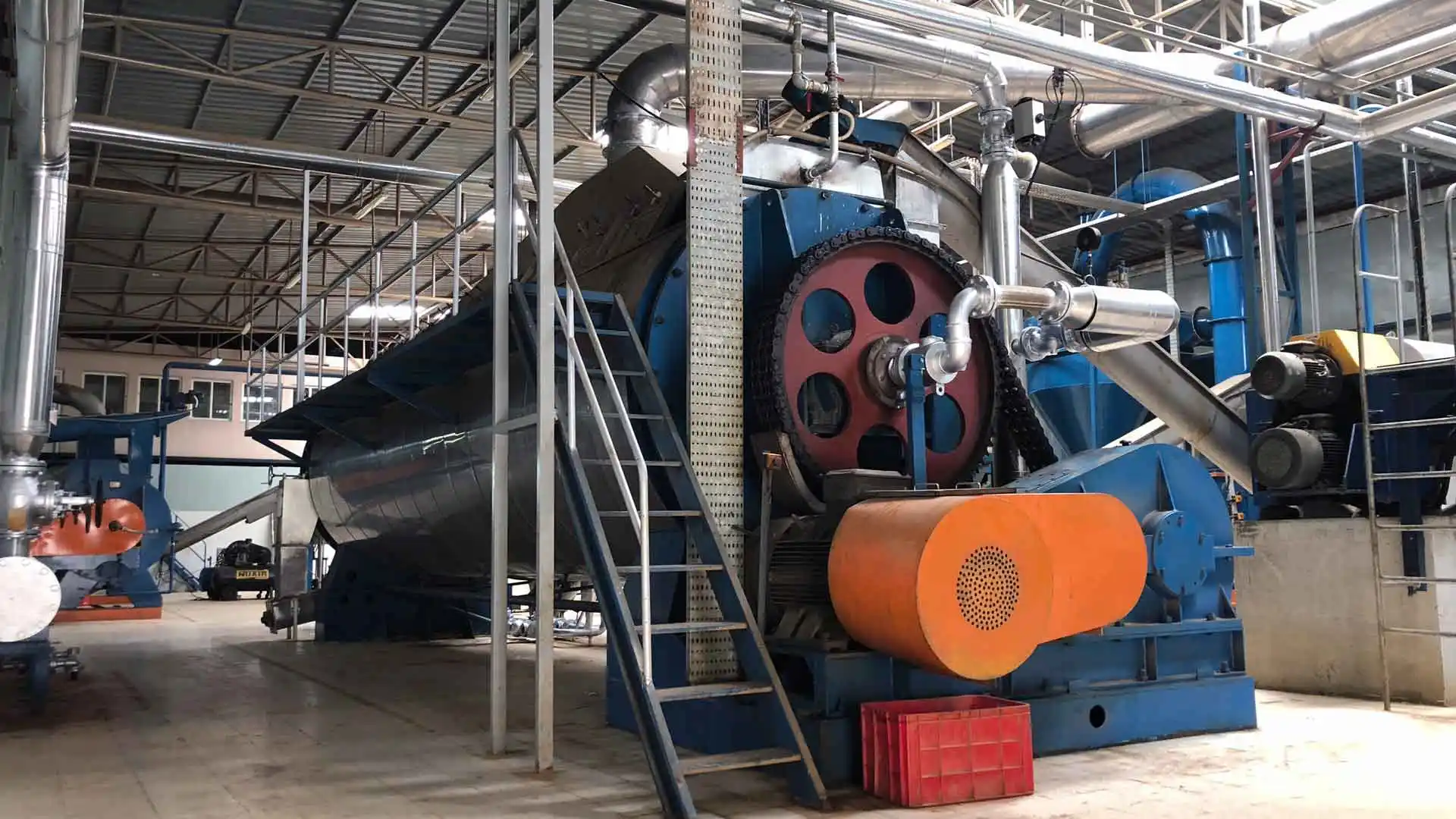Industrial Sludge Drying System
Introduction:
In the field of industrial production, many enterprises will discharge sludge, and professional environmental protection companies will recycle these sludges. Wet sludge needs to be reduced to save transportation costs, and environmental protection companies need to utilize sludge resources. Therefore, the drying treatment of sludge is particularly important.
Application:
The sludge drying system can be widely used in activated sludge drying, wastewater sludge drying, petrochemical sludge drying, papermaking sludge drying, printing and dyeing sludge drying, leather sludge drying, Electroplating sludge, Municipal sludge, biological fermentation residue And other sludge and other kinds of residues and high-humidity non-material drying.

